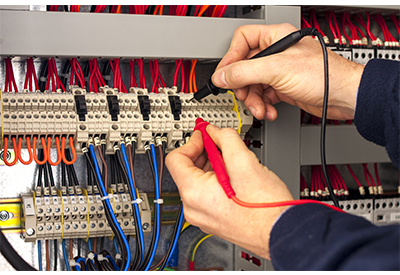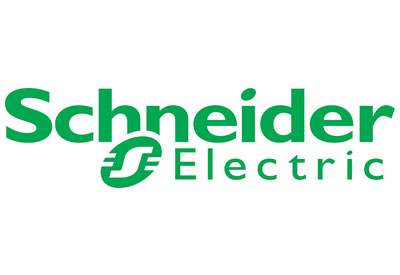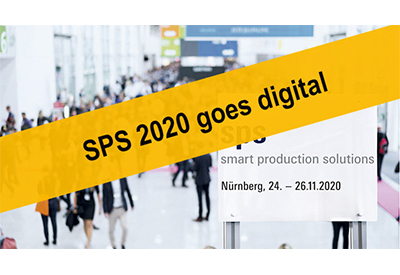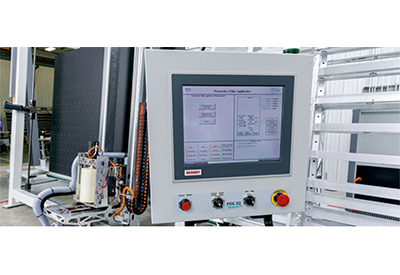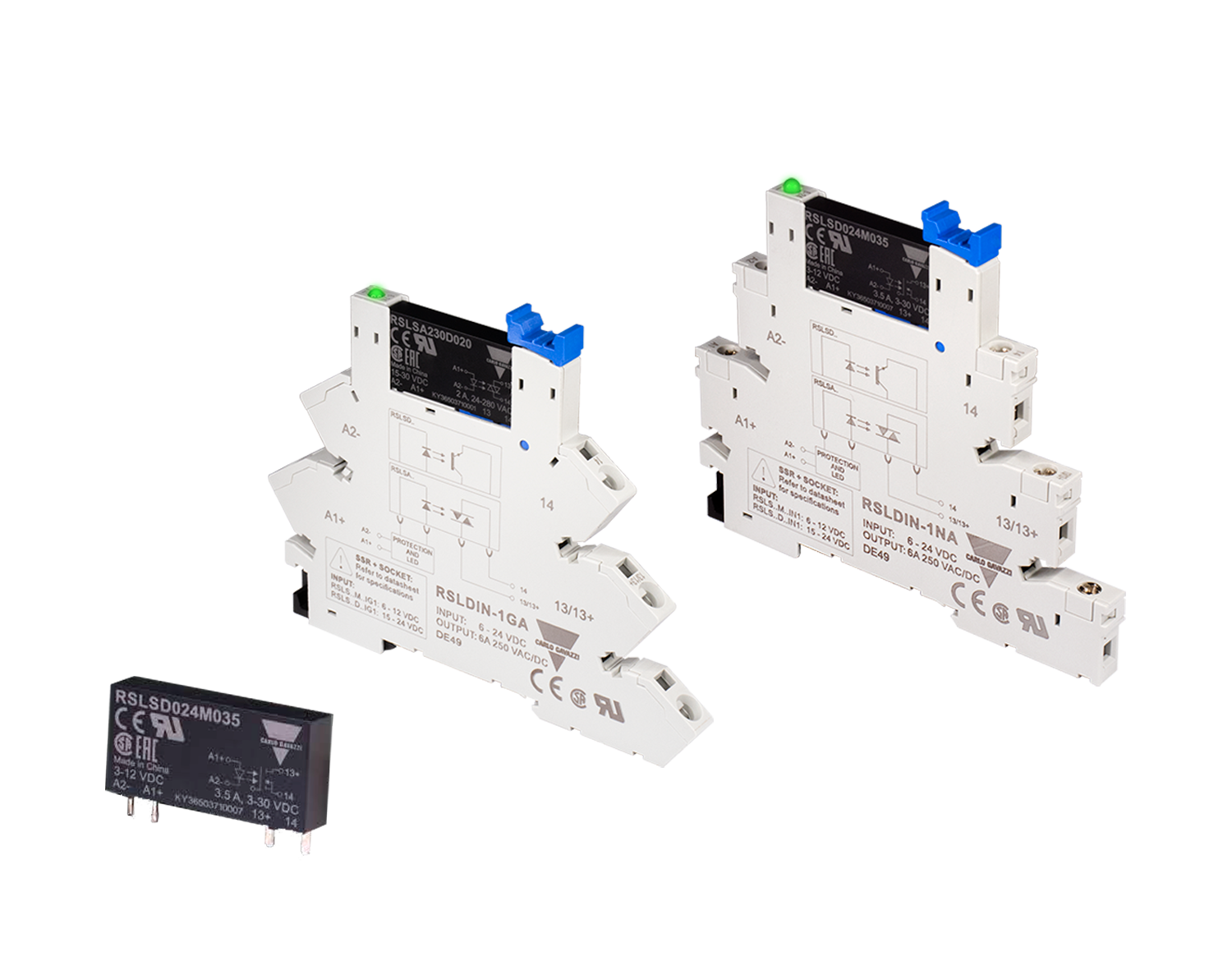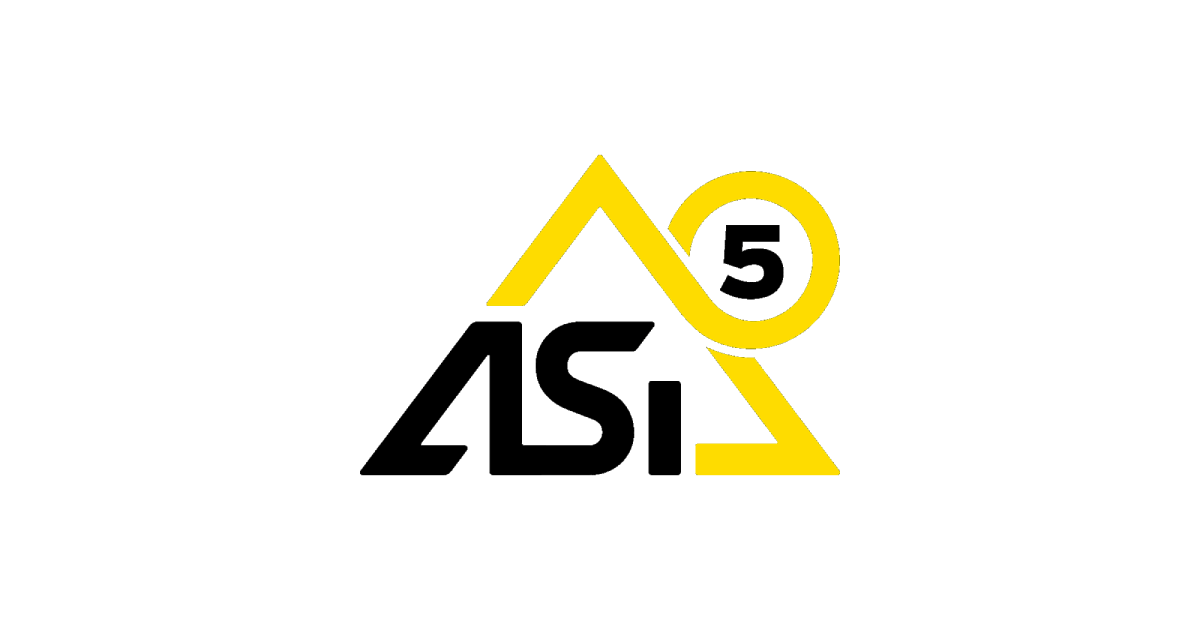IP or NEMA: Which Enclosure Rating is More Important When Designing Electric Vehicle Charging Stations?
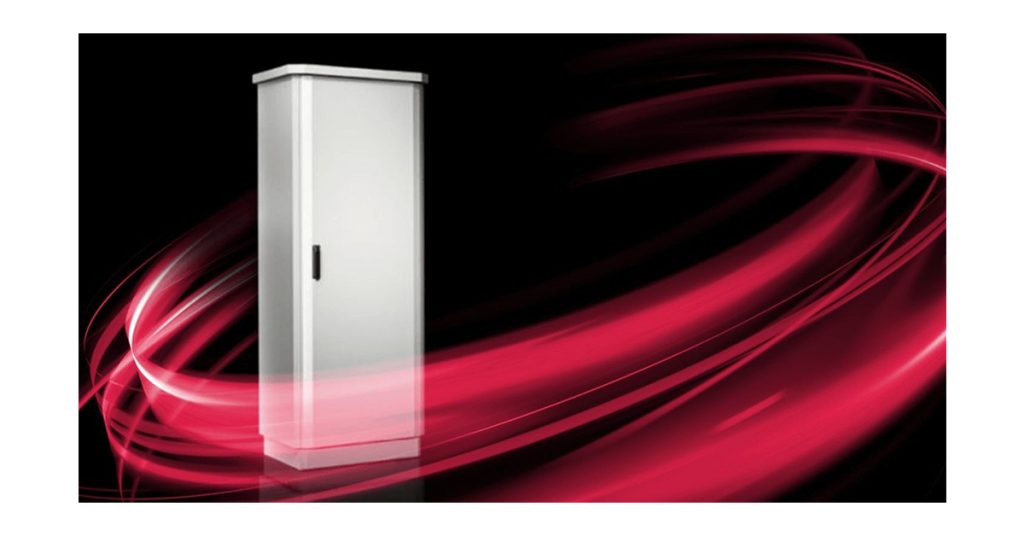
September 13, 2023
A recent update from the Biden Administration revealed that there are more than three million EVs on the road in the U.S., and more than 130,000 EV charging stations currently in use. The President’s goal is for EVs to make up 50% of all new car sales by 2030, and this benchmark also calls for a nationwide network of more than 500,000 EV charging stations.
This means the construction of EV charging stations will increase rapidly in the next few years, which presents some interesting challenges in specifying industrial enclosures that are ideal for use in uncontrolled environments — the outdoor nature of EV charging stations requires enclosures that can withstand a range of variables like wind, rain, dust, moisture, and temperature fluctuations.
IP and NEMA ratings certify an enclosure’s capacity to perform in harsh environments, but the unique nature of EV charging stations can leave designers a little unclear as to which rating system carries more weight for this kind of application. Let’s briefly examine the difference between IP and NEMA ratings, and then look at which rating system is more important when designing EV charging stations.
What do IP ratings mean?
IP (ingress protection or international protection rating) ratings are a global standard overseen by the International Electrotechnical Commission (IEC) that certifies how well industrial enclosures protect against the ingress of environmental elements such as water, dust, and moisture. IP ratings also rate how easy it is for individuals to access electrified components inside the enclosure.
IP ratings consist of two digits. The first digit — on a scale of 0 to 6 – indicates how well the enclosure protects against the ingress of solids like dust or other airborne contaminants. The second digit — on a scale of 0 to 9 — represents the enclosure’s capacity to combat the intrusion of moisture.
A rating of 6 on the first digit means the enclosure allows no ingress of dust, and a rating of 9 on the second digit means the enclosure can withstand high-pressure hot water from virtually any angle. For example, industrial enclosures with an IP 66 rating — like Rittal’s TS 8 modular enclosure — provides superior protection against the ingress of dust, moisture, and unauthorized access, which makes the TS 8 ideal for outdoor applications like EV charging stations.
What do NEMA ratings mean?
Administered by the National Electrical Manufacturers Association, NEMA ratings are a North American standard by which industrial enclosures are certified for the protection against the intrusion of environmental variables such as dust, dirt, corrosion, water, and ice formation.
While IP and NEMA ratings sound similar, NEMA ratings account for how well an enclosure can protect against high-level environmental hazards like corrosion or damage to electrified components from atmosphere conditions. Plus, NEMA ratings designate how well enclosures combat the potential for electrical fault or failure, which can cause serious damage and harm.
Some of the more applicable NEMA ratings for industrial enclosures in today’s manufacturing landscape include:
- NEMA Type 1 and 2, which designate enclosures for use in environments with small amounts of dripping or splashing water. This rating also prevents electrical faults in normal atmospheric conditions.
- NEMA Type 3, 3X, 3S, and 3 RX, which designate enclosures that provide weather-resistant protection. This includes industrial enclosures that are rain-tight, protect against ice formation, and are resistant to corrosion.
- NEMA Type 4 and 4X, which designate enclosures that are rated for indoor and outdoor use. These enclosures are watertight, dust-tight, sleet-resistant, and designed to combat splashing water and/or hose-directed water streams.
- NEMA 5 and 12 , which designate enclosures that are designed specifically for outdoor applications with harsh environmental conditions. Enclosures with these NEMA ratings are ideal to protect against intrusion and damage from falling dirt, circulating dust, and other large airborne agents including lint, fibers, and flyings.
Is IP or NEMA more important for specifying industrial enclosures in EV charging stations?
The truth is that automation architects need to focus on both IP and NEMA ratings when specifying industrial enclosures for use in EV charging stations. This is because most EV charging stations contain three distinct zones — Infrastructure (back end), Charging-Point (front end), and Low-Voltage (main distribution) — that each require enclosures with specific IP and NEMA ratings.
That said, there are some universal rating standards for both IP and NEMA that apply to each zone.
Placing emphasis on industrial enclosures that are rated at least IP 55 will help ensure peak performance and a longer service life in the face of environmental conditions like prolonged periods of rain or high humidity.
Prioritizing enclosures with NEMA Type 4 and 4X ratings or higher will help prevent the intrusion of dust or other airborne particles. Plus, enclosures with these NEMA ratings will be able to withstand frequent washdowns that are part of charging station maintenance and upkeep.
Rittal’s CS Toptec enclosure is designed specifically for EV charging station use with IP 55 protection. Engineered with a powder-coated, UV-resistant pure polyester finishing, the Toptec enclosure comes standard with double-walled doors, side panels, and rear panels for maximum durability and performance.
The TS 8 baying modular enclosure offers NEMA 4 protection via stainless steel construction, aluminum glazed doors, and zinc-plated mounting plates to reduce the likelihood of failure or electrical fault from atmospheric conditions or the exposure of electrified panels inside the enclosure.
But this is just the beginning of what automation architects need to consider when specifying automation solutions for EV charging stations. The good news is Rittal is the automation partner with the knowledge, insight, products, and services to help you design the kind of EV charging stations that will help future drivers get from A to B.



